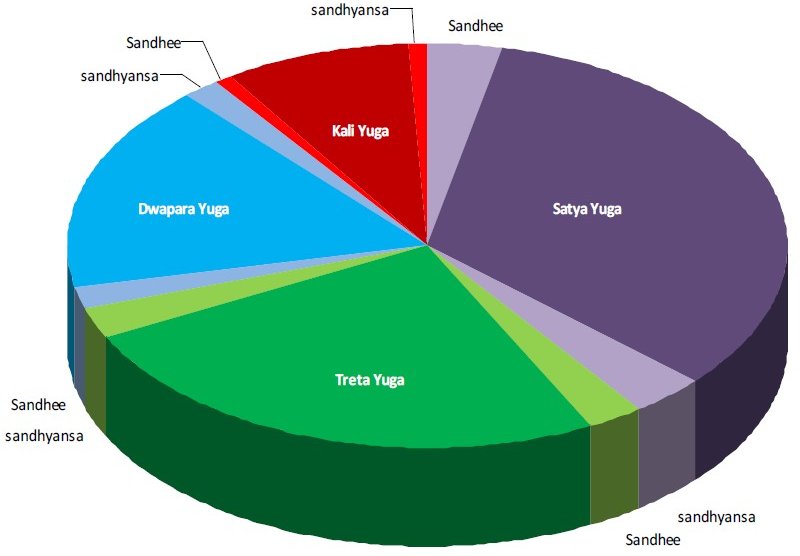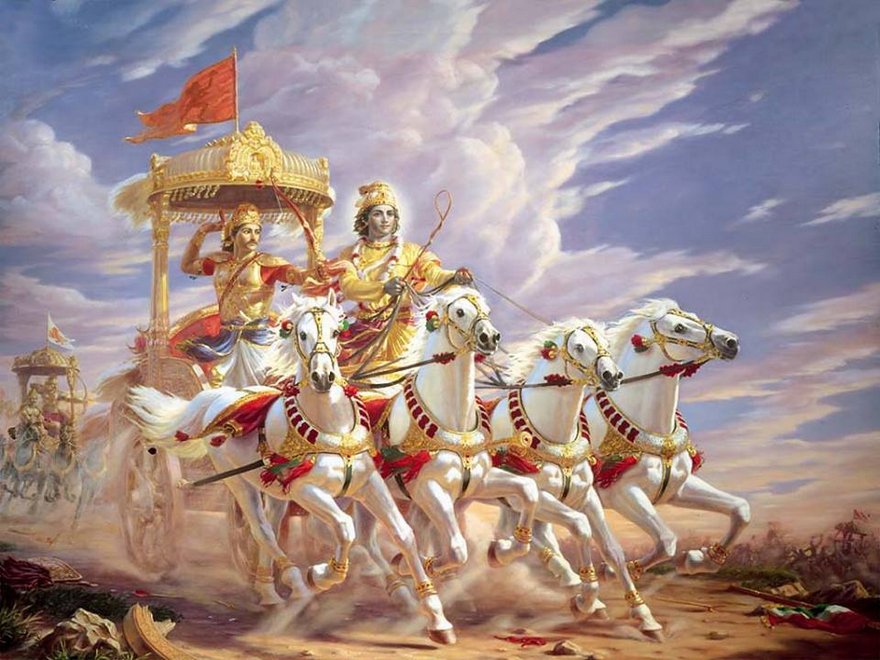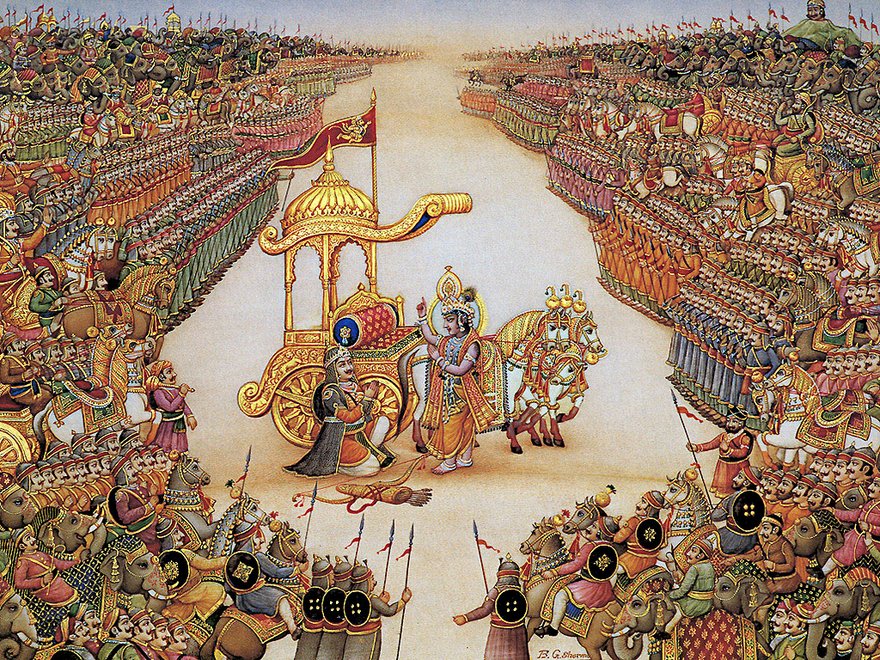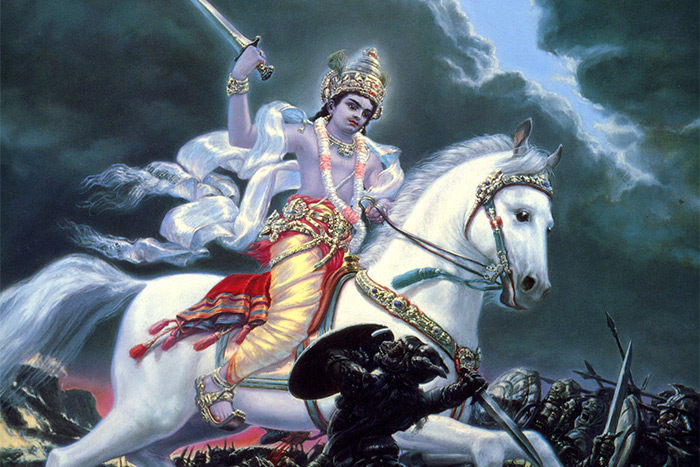Who Is Artem Vaulin, Alleged Kickass Torrents Operator? Everything We Know About 'Tirm'BY JULIA GLUM @SUPERJULIA ON 07/21/16 AT 11:36 AM

If you downloaded Kanye West's album "The Life of Pablo" or a "Game of Thrones" episode without paying, you can probably thank Artem Vaulin. Or, at least, you could have, before he was arrested.
The United States Department of Justice announced they'd detained Vaulin, a 30-year-old Ukrainian who on the internet goes by "tirm," Wednesday in Poland for owning Kickass Torrents. The piracy directory website that was attracting more than 50 million users every month also appeared to have been pulled offline Thursday.
"Vaulin is charged with running today’s most visited illegal file-sharing website, responsible for unlawfully distributing well over $1 billion of copyrighted materials," assistant attorney general Leslie R. Caldwell said in a news release. "In an effort to evade law enforcement, Vaulin all
The Justice Department alleges that Vaulin has operated Kickass Torrents since 2008. In 2010, tirm was listed as "The Owner — too busy for all your problems." In that role, Vaulin was likely receiving a share of the site's estimated $17 million in annual ad revenue, according to the criminal complaint. The tirm bio was later removed.
Vaulin registered several Kickass Torrents domain names after buying them through GoDaddy starting in 2009. The Justice Department examined a variety of his email accounts, including tirm@me.com, which contained scans of his passport and driver's license.
At one point, someone forwarded him a message from a film company requesting information about a user uploading certain content titled. The employee asked Vaulin if Kickass Torrents should ignore the request, and Vaulin wrote back, "Of course."
The complaint shows that the Justice Department was able to locate Vaulin in part because he used Facebook and iTunes.
Other information about Vaulin is scant. A curriculum vitae for a Ukrainian professor says he advised an Artem Vaulin who worked on a thesis titled "Web-Based Semantic Data Collection and Warehousing" in 2007 at the Kharkov National University of Radioelectronics. A LinkedIn profile in Vaulin's name lists his skills as project management, strategic planning and customer service. It also says he speaks Ukranian, Russian and English.
Complaint against Vaulin
Artem Vaulin: 5 Fast Facts You Need to Know
Published 7:54 pm EDT, July 20, 2016 Updated 7:57 pm EDT, July 20, 2016

Artem Vaulin, named as the alleged owner of KickassTorrents in a federal lawsuit, was arrested in Poland. The U.S. is going to seek his extradition as they seek to shut down the most popular torrenting website in the world. (Read all about the lawsuit here.) Who is Artem Vaulin?
Here’s what you need to know.
1. Artem Vaulin Was Arrested in Poland and May Be Extradited to the United States

One of Artem’s websites. (Djinn)
Vaulin was arrested in Poland by local police. The federal government is going to try to have him extradited to the United States for his trial.
Four charges have been filed against him: two counts of criminal copyright infringement, one count of conspiracy to commit money laundering, and one count of conspiracy to commit copyright infringement.
2. Vaulin Could Face Up to 20 Years in Jail
The copyright charges can bring a sentence of five years, but the money laundering charge has a maximum sentence of up to 20 years.
According to the Complaint, Artem Vaulin has gone by the name “tirm” online. The press release about his arrest adds that he is innocent until proven guilty, and thus far is only “alleged” to have committed these crimes.
3. He Owns a Company Called Cryptoneat, Which the Lawsuit Alleges Was a Cover for KAT

Photo from Cryptoneat’s Facebook page. (Facebook)
Artem Vaulin, 30, is from the Ukraine. The complaint alleges that he has been the owner and operator of KAT since November 2008. The complaint also states that he operated a Ukrainian company called Cryptoneat at least partially to conceal KAT’s operations. According to the complaint, a backup account for KAT’s Whois registration was once artem@cryptoneat.com (see page 34 of the complaint.) Cryptoneat.com redirects to Cryptoneat.ua.
On LinkedIn, there is an Artem Vaulin from the Ukraine who works at Cryptoneat. Cryptoneat has a LinkedIn page, as does Artem (although his profile does not have a photo.) According to CryptoNeat’s LinkedIn page:
We are a software development company crafting our own products since 2008. Our latest project is wine scanner iOS application Wineeapp.com.
We support personal responsibility and involvement with no overmanagement standing in the way of imagination and creative thinking.
Flexible schedules and smart workspace — we hold to the ergonomics cult: Herman Miller chairs, standing desks, Apple hardware and multi-monitor configurations.”
On LinkedIn, 20 employees are listed for Cryptoneat, including developers, marketing directors, and software engineers. Cryptoneat also has a nice-looking website here. Perks for employees include paid sick leave, gym membership, Herman Miller chairs, bicycle parking, refrigerators, no dress code, and days off. The website makes the company look legitimate, not like a front organization.
Cryptoneat also has an Instagram page here, but it’s unclear if any of the people in the photo are Vaulin.
4. His LinkedIn Profile Lists Project Management, Strategic Planning, and Customer Service as His Top Skills

An Artem Vaulin on LinkedIn, who’s listed as the founder of Cryptoneat, has a sparse profile without even a photo. He listed his top skills as Project Management, Management, Strategic Planning, and Customer Service. These appear to just be skills that other LinkedIn members vote on for you.
Vaulin has 105 LinkedIn connections. His languages are listed as Ukrainian, Russian, and English. The only companies he follows are Cryptoneat and Grupo EDFAN.
There are two other Artem Vaulins on LinkedIn, both listed as being in the Russian Federation and both with similar photos. It’s not known if these are the same Artem or a different person.

If you downloaded Kanye West's album "The Life of Pablo" or a "Game of Thrones" episode without paying, you can probably thank Artem Vaulin. Or, at least, you could have, before he was arrested.
The United States Department of Justice announced they'd detained Vaulin, a 30-year-old Ukrainian who on the internet goes by "tirm," Wednesday in Poland for owning Kickass Torrents. The piracy directory website that was attracting more than 50 million users every month also appeared to have been pulled offline Thursday.
"Vaulin is charged with running today’s most visited illegal file-sharing website, responsible for unlawfully distributing well over $1 billion of copyrighted materials," assistant attorney general Leslie R. Caldwell said in a news release. "In an effort to evade law enforcement, Vaulin all
The Justice Department alleges that Vaulin has operated Kickass Torrents since 2008. In 2010, tirm was listed as "The Owner — too busy for all your problems." In that role, Vaulin was likely receiving a share of the site's estimated $17 million in annual ad revenue, according to the criminal complaint. The tirm bio was later removed.
Vaulin registered several Kickass Torrents domain names after buying them through GoDaddy starting in 2009. The Justice Department examined a variety of his email accounts, including tirm@me.com, which contained scans of his passport and driver's license.
At one point, someone forwarded him a message from a film company requesting information about a user uploading certain content titled. The employee asked Vaulin if Kickass Torrents should ignore the request, and Vaulin wrote back, "Of course."
The complaint shows that the Justice Department was able to locate Vaulin in part because he used Facebook and iTunes.
Other information about Vaulin is scant. A curriculum vitae for a Ukrainian professor says he advised an Artem Vaulin who worked on a thesis titled "Web-Based Semantic Data Collection and Warehousing" in 2007 at the Kharkov National University of Radioelectronics. A LinkedIn profile in Vaulin's name lists his skills as project management, strategic planning and customer service. It also says he speaks Ukranian, Russian and English.
https://www.documentcloud.org/documents/2996082-Artem-Vaulin-Complaint.html
Artem Vaulin: 5 Fast Facts You Need to Know
Published 7:54 pm EDT, July 20, 2016 Updated 7:57 pm EDT, July 20, 2016

Artem Vaulin, named as the alleged owner of KickassTorrents in a federal lawsuit, was arrested in Poland. The U.S. is going to seek his extradition as they seek to shut down the most popular torrenting website in the world. (Read all about the lawsuit here.) Who is Artem Vaulin?
Here’s what you need to know.
1. Artem Vaulin Was Arrested in Poland and May Be Extradited to the United States

One of Artem’s websites. (Djinn)
Vaulin was arrested in Poland by local police. The federal government is going to try to have him extradited to the United States for his trial.
Four charges have been filed against him: two counts of criminal copyright infringement, one count of conspiracy to commit money laundering, and one count of conspiracy to commit copyright infringement.
2. Vaulin Could Face Up to 20 Years in Jail
The copyright charges can bring a sentence of five years, but the money laundering charge has a maximum sentence of up to 20 years.
According to the Complaint, Artem Vaulin has gone by the name “tirm” online. The press release about his arrest adds that he is innocent until proven guilty, and thus far is only “alleged” to have committed these crimes.
3. He Owns a Company Called Cryptoneat, Which the Lawsuit Alleges Was a Cover for KAT

Photo from Cryptoneat’s Facebook page. (Facebook)
Artem Vaulin, 30, is from the Ukraine. The complaint alleges that he has been the owner and operator of KAT since November 2008. The complaint also states that he operated a Ukrainian company called Cryptoneat at least partially to conceal KAT’s operations. According to the complaint, a backup account for KAT’s Whois registration was once artem@cryptoneat.com (see page 34 of the complaint.) Cryptoneat.com redirects to Cryptoneat.ua.
On LinkedIn, there is an Artem Vaulin from the Ukraine who works at Cryptoneat. Cryptoneat has a LinkedIn page, as does Artem (although his profile does not have a photo.) According to CryptoNeat’s LinkedIn page:
We are a software development company crafting our own products since 2008. Our latest project is wine scanner iOS application Wineeapp.com.
We support personal responsibility and involvement with no overmanagement standing in the way of imagination and creative thinking.
Flexible schedules and smart workspace — we hold to the ergonomics cult: Herman Miller chairs, standing desks, Apple hardware and multi-monitor configurations.”
On LinkedIn, 20 employees are listed for Cryptoneat, including developers, marketing directors, and software engineers. Cryptoneat also has a nice-looking website here. Perks for employees include paid sick leave, gym membership, Herman Miller chairs, bicycle parking, refrigerators, no dress code, and days off. The website makes the company look legitimate, not like a front organization.
Cryptoneat also has an Instagram page here, but it’s unclear if any of the people in the photo are Vaulin.
4. His LinkedIn Profile Lists Project Management, Strategic Planning, and Customer Service as His Top Skills

An Artem Vaulin on LinkedIn, who’s listed as the founder of Cryptoneat, has a sparse profile without even a photo. He listed his top skills as Project Management, Management, Strategic Planning, and Customer Service. These appear to just be skills that other LinkedIn members vote on for you.
Vaulin has 105 LinkedIn connections. His languages are listed as Ukrainian, Russian, and English. The only companies he follows are Cryptoneat and Grupo EDFAN.
There are two other Artem Vaulins on LinkedIn, both listed as being in the Russian Federation and both with similar photos. It’s not known if these are the same Artem or a different person.
https://www.change.org/p/https-www-justice-gov-free-artem-vaulin


























